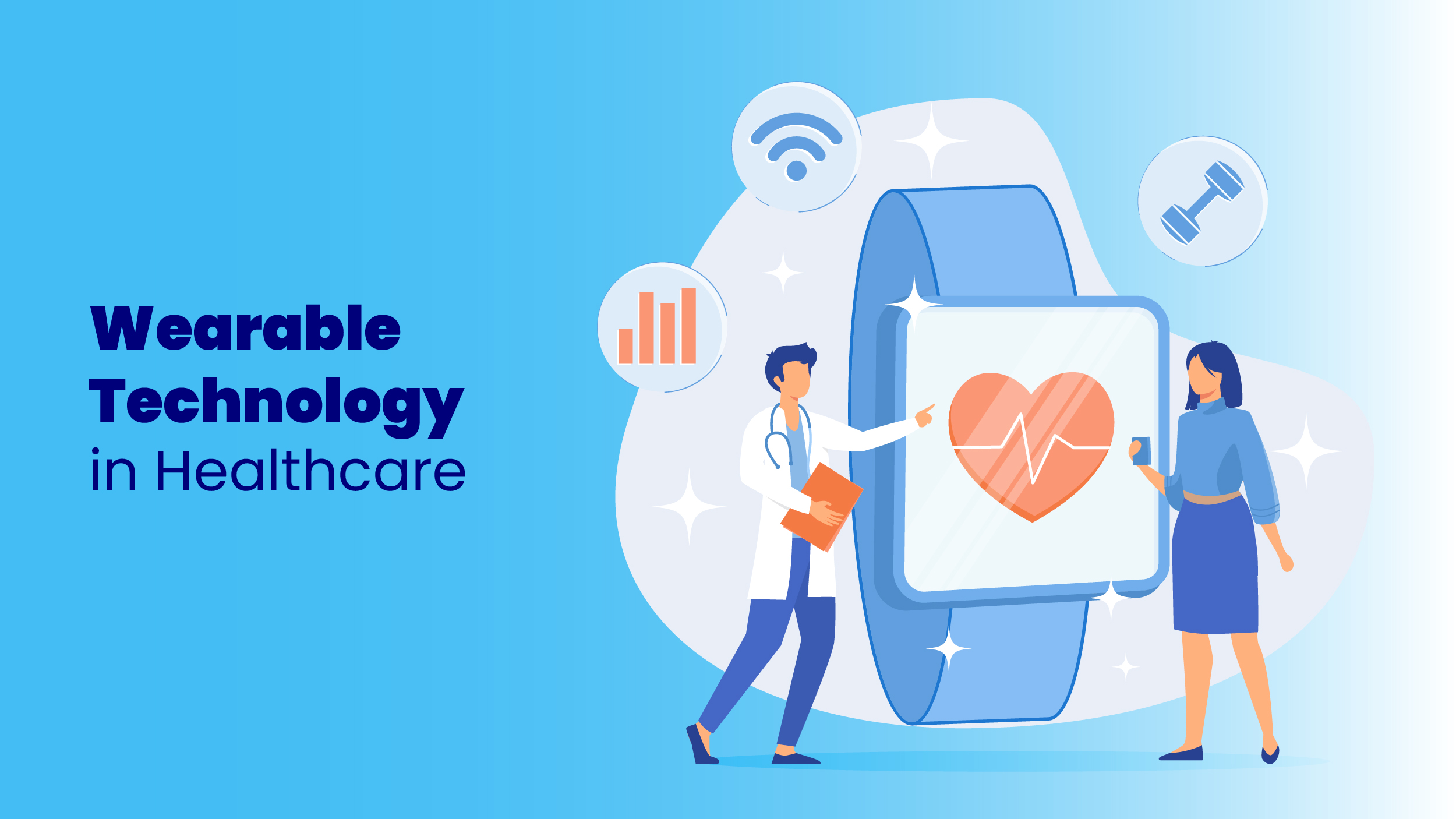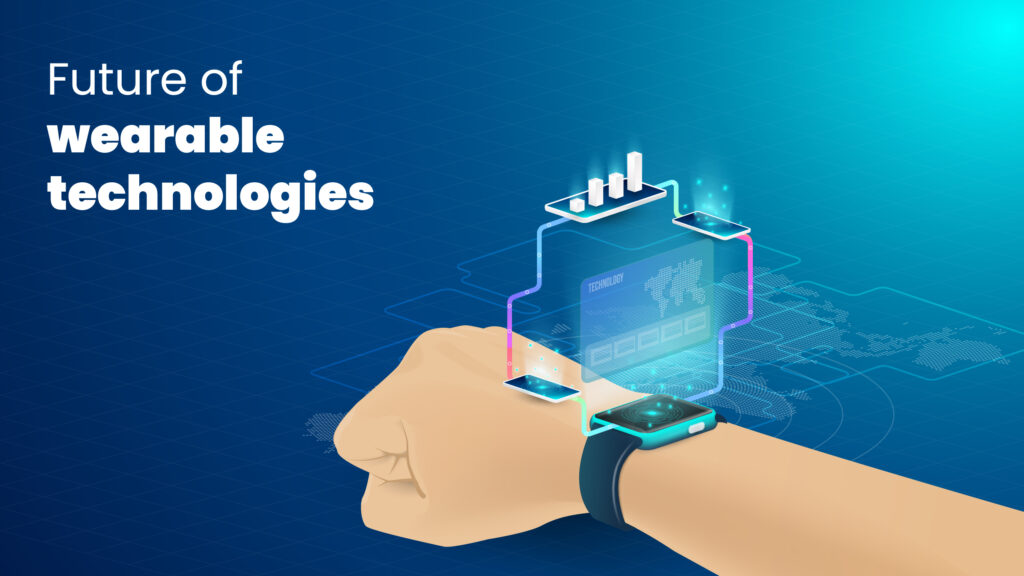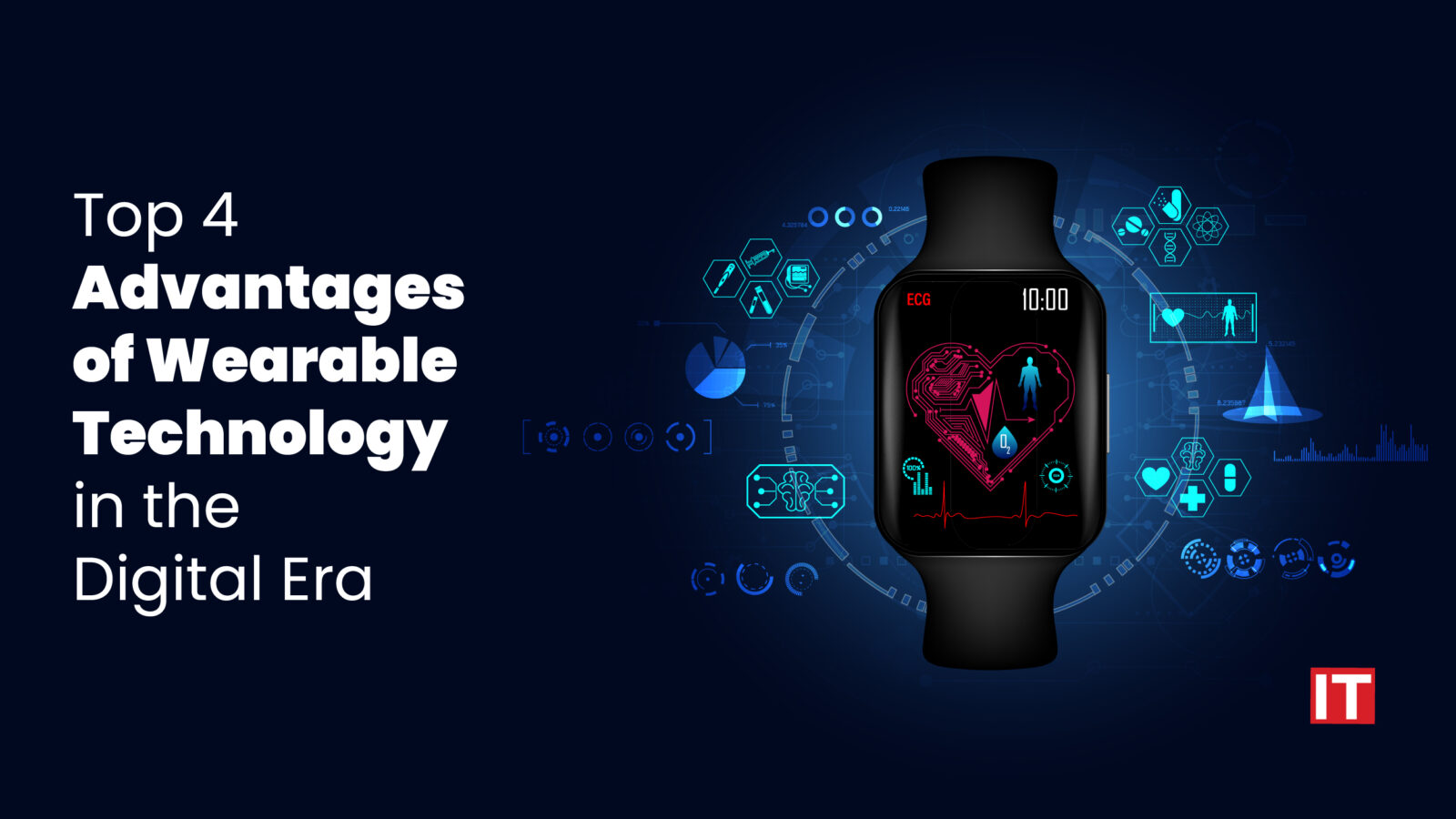The widespread use of smart wearable technology has had a demonstrable impact on sectors such as healthcare and fitness. The adoption of smart wearables by younger generations is growing rapidly and shows no signs of slowing down.
Wearable devices have been popular in a range of industries during the last decade. Wearables are also anticipated to enable the Industrial Internet of Things in achieving enormous productivity and efficiency gains.
WIIoT (Wearable Industrial Internet of Things) is a technology that is swiftly evolving and likely to witness numerous breakthroughs in the foreseeable future. According to a survey conducted by Bain & Company, over 95% of industrial organizations will have adopted IoT projects by 2022. Wearable devices would be an important part of their efforts.
Not only that, but the arrival of IoT wearables has completely changed every business, heralding a smart future for the current generation. For example, IoT wearables in healthcare can be used to check blood pressure, track calories, and send appointment reminders.
Wearable technology in healthcare
 Wearable technology has had a major impact on the healthcare industry. In the United States, 30% of adults use wearable technology to monitor their health and well-being. In 2022, 320 million consumer wearable health and wellness gadgets are expected to ship globally, according to Deloitte Global. That number will probably reach close to 440 million units by 2024 as more products enter the market and more healthcare professionals become accustomed to using them.
Wearable technology has had a major impact on the healthcare industry. In the United States, 30% of adults use wearable technology to monitor their health and well-being. In 2022, 320 million consumer wearable health and wellness gadgets are expected to ship globally, according to Deloitte Global. That number will probably reach close to 440 million units by 2024 as more products enter the market and more healthcare professionals become accustomed to using them.
For many businesses, wearable gadgets for blood pressure and heart health are still essential. Also, sensor technology is already available, making it easier for businesses to innovate and make minor changes without starting from scratch. Governments, insurance providers, and private businesses must work together to make these devices available to those who need them the most in order to have a significant impact on the healthcare industry, particularly early disease diagnosis. The World Health Organisation (WHO) estimates that chronic diseases claim the lives of 41 million people annually. Many of the unfavorable consequences associated with these illnesses can be reduced by maintaining a healthy weight and eating habits.
In the upcoming years, the need for wearable medical equipment is expected to increase as the population ages, particularly as chronic diseases like diabetes and heart disease become more common. The need for wearable medical equipment is expected to increase as the population ages, particularly as chronic diseases like diabetes and heart disease become more common. With the use of wearable technology, patients may check their physical activity and dietary consumption more easily and communicate the information with healthcare providers frequently in real time.
Future of wearable technologies
 The future of wearable technologies is bright, as the interconnectivity among different devices will be faster and data syncing between wearables and mobile phones will be quicker. Wearable haptic devices, which include the technology of virtual reality, communicate through vibration. This can be incorporated into clothing to provide guidance and aid in walking, hearing, and seeing in the virtual environment. Wearable technologies are useful in different industries, making tasks easier to perform.
The future of wearable technologies is bright, as the interconnectivity among different devices will be faster and data syncing between wearables and mobile phones will be quicker. Wearable haptic devices, which include the technology of virtual reality, communicate through vibration. This can be incorporated into clothing to provide guidance and aid in walking, hearing, and seeing in the virtual environment. Wearable technologies are useful in different industries, making tasks easier to perform.
Wearable technologies are enhancing military capabilities. Body armor, communication devices, and helmet technology are being designed to boost overall performance. In these soldier wearables, the features that have been included are integrated communication systems, augmented reality displays, ballistic protection, night vision capabilities, and many more. In reshaping future warfare, soldier wearables play a crucial role in combating difficult situations at borders.
Major 4 benefits of wearable technology
As wearables are beneficial to the modern day in numerous industries. Here are the four major advantages of wearable technology.
Going Hands-Free
Wearables in the logistics, automotive, and e-commerce sectors, in particular, are lighter and more ergonomic. Wearable technology can be equipped with alerting features that connect with industrial vehicles like forklifts, further boosting safety. As a result, physical damage or death can be prevented.
- Thread In Motion’s Glogi smart gloves, for example, are designed as wearables rather than standalone gadgets to boost efficiency.
Time Efficiency
The first reason businesses are incorporating wearables into their operations is to save time. It is undeniable that the goal of technology in general is to accomplish tasks in less time. As a result, the wearables sector prioritizes time savings.
In operation workflows, every second matters. Workers can accomplish jobs faster with enhanced spatial awareness and hands-free devices. Putting down and getting mobiles or tablets several times throughout the day wastes time. It unnecessarily lengthens your turnaround time.
Wearables help you work more efficiently by reducing interruptions in your workflow. In essence, this means you’re saving time by cutting down on the amount of time you waste.
Healthcare Accessibility
Medical professionals now have access to a patient’s ‘bio-history,’ which can help them figure out what’s causing their symptoms. Sensors for nutritional analysis, sensors for specific disorders, and general-purpose sensors might all be designed for different users in different age groups.
These wearables often combine semiconductor and organic electronics, and a wireless link would allow data to be sent to a device located outside the body, such as a smartphone or a smartwatch that monitors the user’s vitals.
Productivity
Wearable technology, according to the Goldsmiths University of London experts, can enhance employee productivity by 8.5% by allowing users to solve problems faster. Employees in the retail business, for example, can complete tasks faster by using wireless headphones, tech lanyards, or wearable wrist screens to seek information. They do not need to leave the customer while they get the necessary information.
Conclusion
Wearable technologies have developed gradually alongside other modern technologies like computers, sensors, GPS, Wi-Fi, electronic chips, and the internet. The consumer electronics, textile, and health industries are where wearable technologies are most commonly used. However, for both society and businesses, the adoption of wearable technologies is currently in its early stages. The development of wearable technologies, particularly smart glasses, and smartwatches, will evolve in the near future, and society and businesses will begin to accept these technological devices.


































